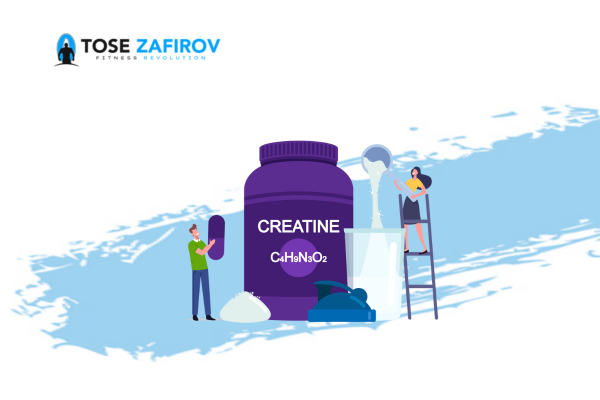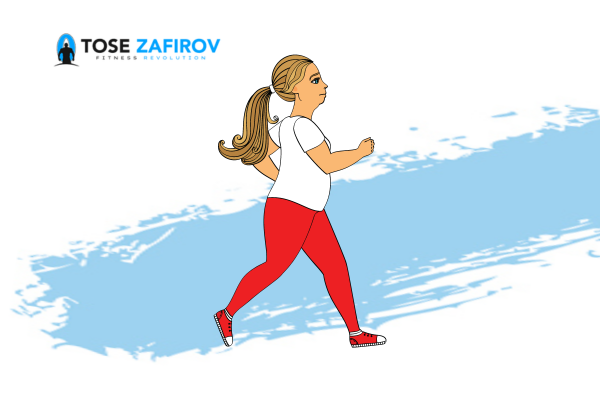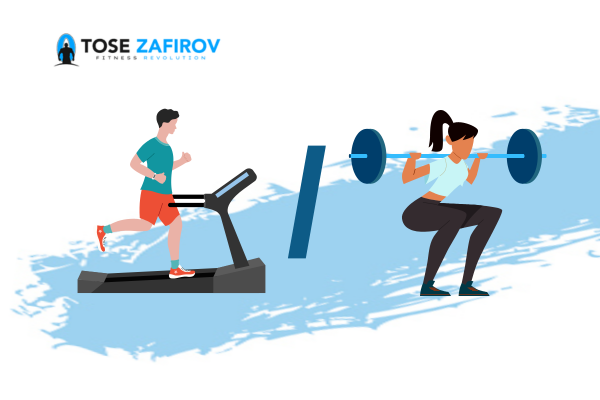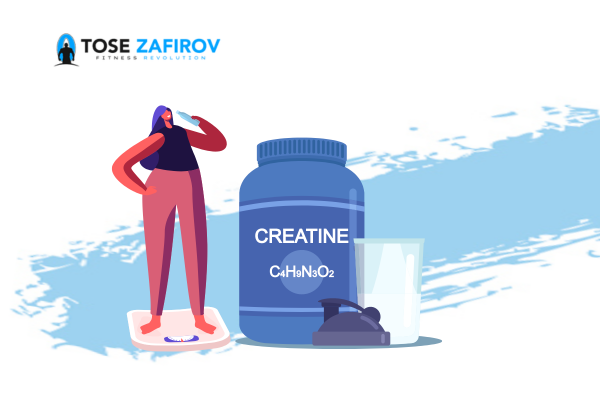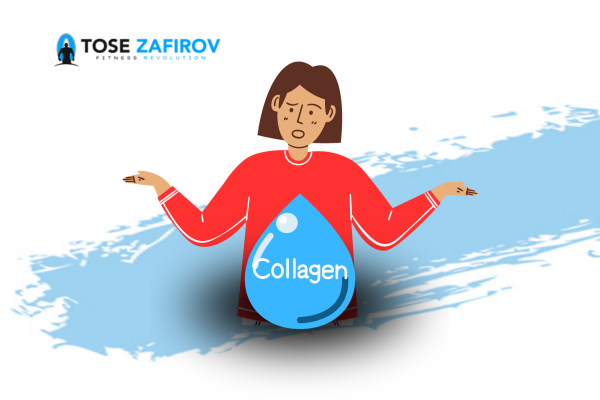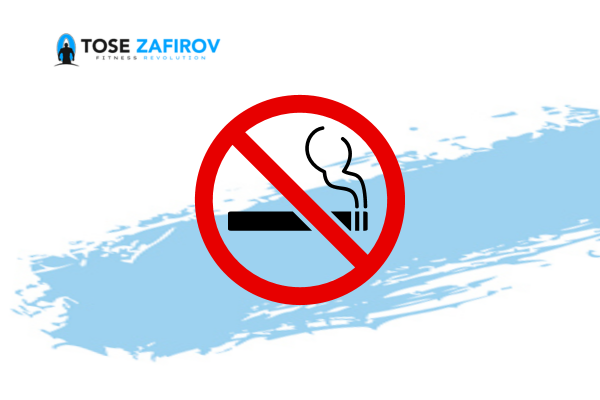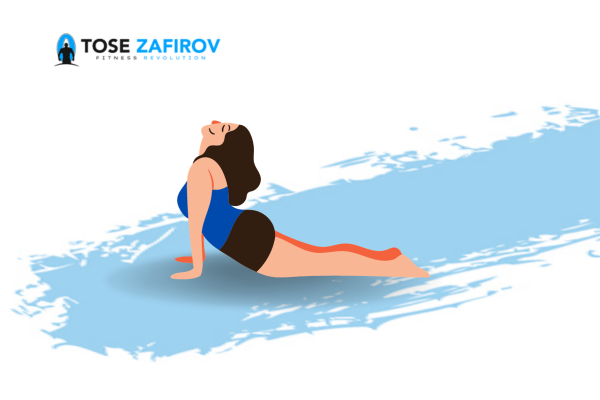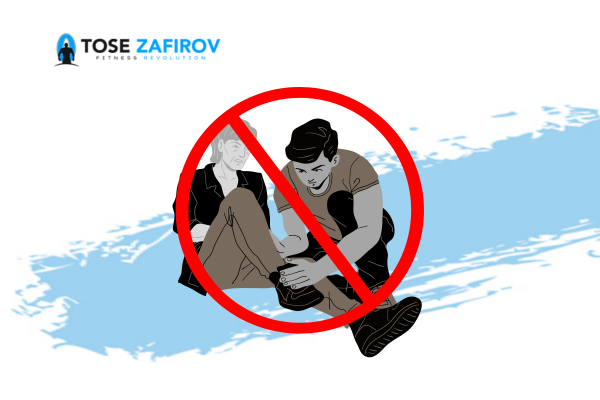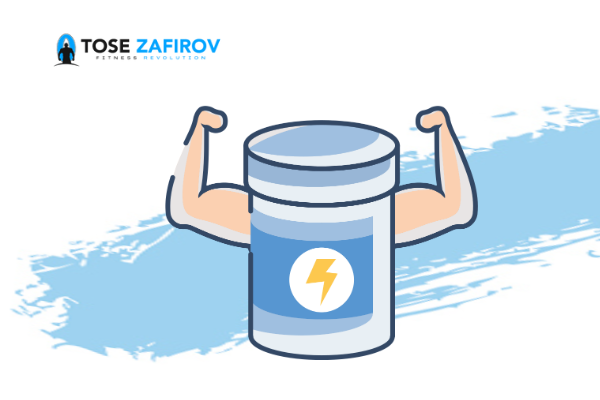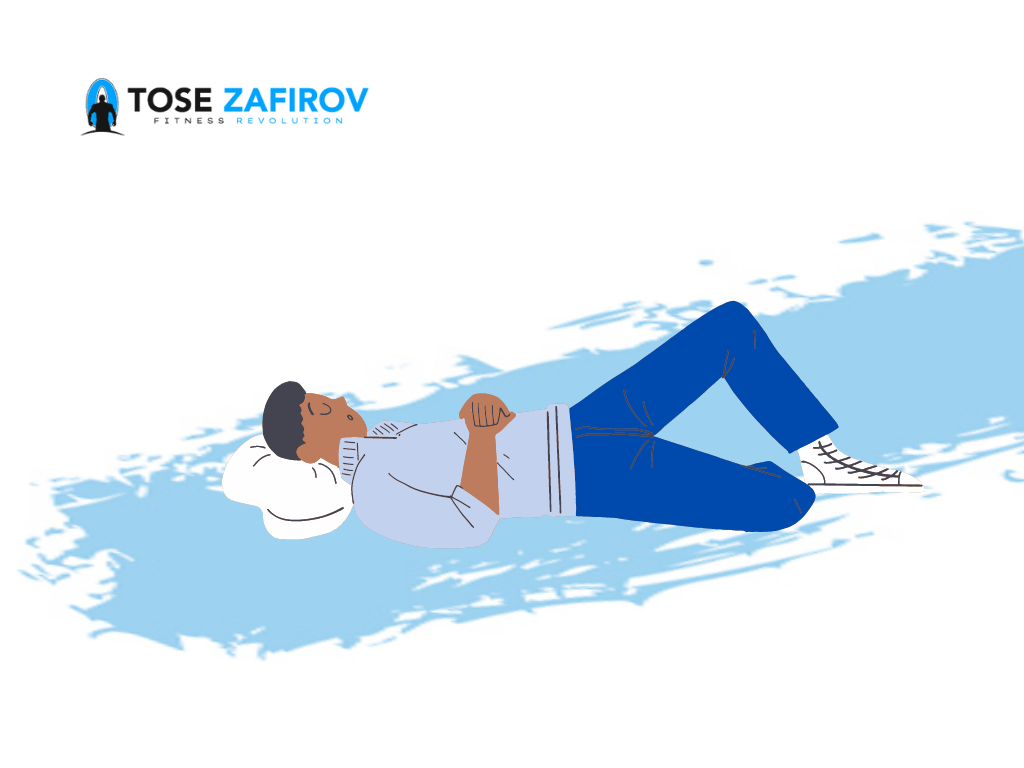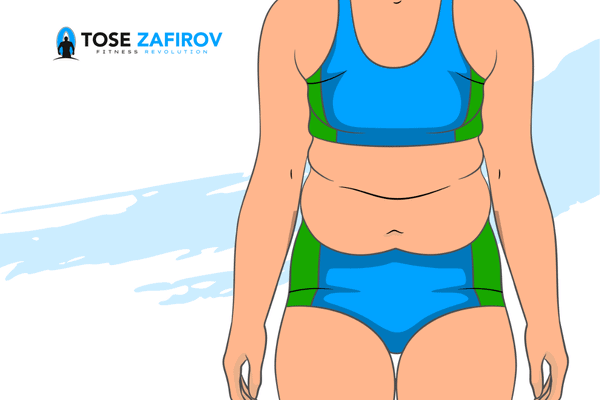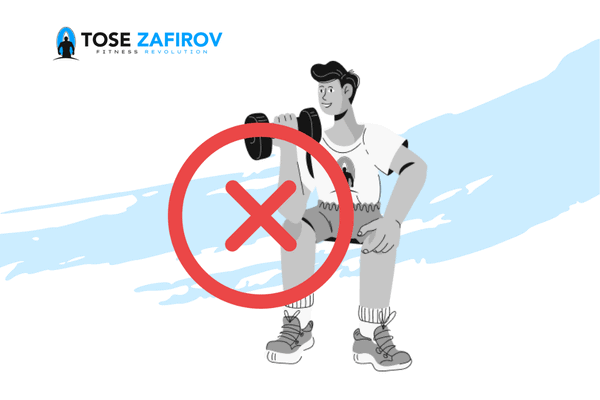You could be insulin resistant for years without knowing it. This condition typically does not trigger any noticeable symptoms, so it’s important to have a doctor regularly check your blood glucose levels.
Key Takeaways:
- Symptoms: Classic diabetes symptoms include extreme thirst, increased hunger, frequent urination, fatigue, and tingling sensations in hands or feet. Some may develop acanthosis nigricans, a skin condition.
- Testing: Diagnosis involves A1C, fasting blood glucose, glucose tolerance tests, and random blood draws.
- Risk Factors: Sedentary lifestyle, family history of diabetes, high blood pressure, and gestational diabetes increase risk.
Symptoms of insulin resistance
If you have prediabetes, it’s important to work with your doctor. They will routinely monitor your blood sugar or hemoglobin A1C (HbA1c) so they can recognize whether you’ve developed diabetes.
Classic diabetes symptoms include:
- extreme thirst or hunger
- feeling hungry even after a meal
- increased or frequent urination
- tingling sensations in hands or feet
- feeling more tired than usual
- frequent infections
- evidence of high blood sugar levels in blood work
Some people with insulin resistance may also develop a skin condition known as acanthosis nigricans. It appears as dark, velvety patches often on the backs of the neck, groin, and armpits.
Some experts believe insulin directly and indirectly activates the insulin-like growth factor 1 receptors on types of skin cells called keratinocytes and fibroblasts. This could lead to the growth and development of the condition Acanthosis Nigricans. There’s no cure for this condition. However, if another condition causes these symptoms, treatment may help natural skin color return.
If you don’t have obvious symptoms, your doctor can usually detect prediabetes or diabetes with lab tests.
Though doctors don’t usually test for insulin resistance, the most accurate test is a euglycemic insulin clamp that’s used for research purposes.
Testing and diagnosis of insulin resistance
A1C test
One way to diagnose prediabetes or diabetes is with an A1C test. This test measures your average blood sugar over the previous 2 to 3 months.
- An A1C under 5.7 percent is considered normal.
- An A1C between 5.7 and 6.4 percent is diagnostic for prediabetes.
- An A1C equal to or above 6.5 percent is diagnostic for diabetes.
Your doctor may want to reconfirm the test results later. However, depending on the lab where you have your blood drawn, these numbers could vary by 0.1 to 0.2 percent.
Fasting blood glucose test
A fasting blood glucose test will show your fasting blood sugar level. You’d have this test done after not eating or drinking for at least 8 hours.
A high level may require a second test a few days later to confirm the reading. If both tests show high levels of blood glucose, your doctor may diagnose you with prediabetes or diabetes.
- Fasting blood sugar levels under 100 milligrams/deciliter (mg/dL) are considered normal.
- Levels between 100 and 125 mg/dL indicate prediabetes.
- Levels equal to or greater than 126 mg/dL are diagnostic for diabetes.
Depending on the lab, these numbers could vary up to 3 mg/dL points in the cutoff numbers.
Glucose tolerance testing
A 2-hour glucose tolerance test may be another way to diagnose prediabetes or diabetes. Your blood glucose level will be determined before this test begins. You’ll then receive a premeasured sugary drink, and your blood glucose level is checked again in 2 hours.
- A blood sugar level of less than 140 mg/dL after 2 hours is considered normal.
- A result between 140 mg/dL and 199 mg/dL is considered prediabetes.
- A blood sugar level of 200mg/dL or higher is considered diabetes.
Random blood draws
Random blood sugar tests are useful if you’re experiencing significant diabetes symptoms.
Risk factors for insulin resistance
Testing for diabetes should begin at about age 40, along with the usual tests for cholesterol and other markers of health. Ideally, your doctor will request testing at your annual physical exam or preventive screening.
Your doctor may recommend testing at a younger age if you have these risk factors:
- have a sedentary, or inactive, lifestyle
- have a low HDL (good cholesterol) level or high triglyceride level
- have a parent or sibling with diabetes
- have high blood pressure (140/90 mm Hg or above)
- have symptoms of prediabetes
- were diagnosed with gestational diabetes (a temporary condition that causes diabetes only while pregnant)
- had a baby who weighed more than 9 pounds
- have had a stroke
Children and teens ages 10 to 18 may also benefit from diabetes screening if they have overweight and have two or more of the above risk factors for diabetes.
JOIN NOW
Preventing insulin resistance problems
If you have prediabetes, you may be able to prevent the condition from developing into diabetes with these health-promoting behaviors:
- Work toward including exercise as a part of your daily routine, preferably getting in 30 minutes at least 5 days a week.
- Try to eat a nutrient-rich, balanced diet as often as possible.
- If you have overweight, consider losing weight — even reducing your body weight by just 7 percent can help lower your risk of developing diabetes.
Making health-promoting lifestyle choices is the best way to help get your blood glucose levels in the desired range.
The bottom line
Understanding symptoms, testing, and risk factors of insulin resistance is crucial for timely diagnosis and prevention of diabetes.


